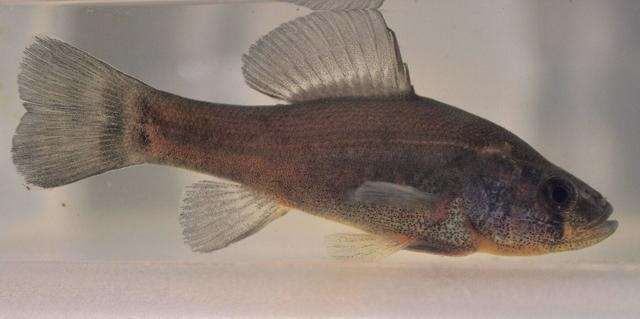
As a stream ecologist trained in the early 1980s, seeing the world of stream restoration evolve during the last 40 years has been exciting. After years of feeling that there was little that could be done, we are now able to implement projects to reverse the degradation that was so evident in our streams, particularly urban streams.
However, research in the last 10 years has highlighted that restoration, in general, might not be providing the uplift that society usually expects it to provide. This research is broad and comprehensive, often assuming that every restoration should result in biological uplift toward some reference condition using standard fish and benthic metrics.
I have struggled to understand why the research does not reflect my personal experience, particularly in the improvements that I have seen in many urban stream restoration projects. I have to admit that part of the issue is that I am biased toward wanting “my” projects to be successful. But it is also because I have spent years observing individual streams and have realistic expectations of the uplift that we should see. Many urban projects are not focused on biological benefits because we know that the biology is limited by the watershed. Yet urban restoration can address important goals such as floodplain reconnection, reduction of bank erosion and bed incision, and conflicts with infrastructure.
Building realistic expectations
Full biological uplift through stream restoration alone is not a realistic expectation given that most projects take place in degraded watersheds that cannot support “reference” conditions. Realistic expectations of biological uplift must be built upon these factors (in order of importance):
- Do no harm. At a minimum, we should expect to do no harm to the species that are already present in the stream.
- If they are not there (or at least nearby), they can’t come. Expectations must consider the ability of the system to recolonize after restoration. Research has found that the proximity of fish and benthos populations with the capacity to repopulate a stream is a primary determinate of increases in species diversity. Fish can move in from upstream or downstream, while larval benthos can drift in from upstream or adult benthos can fly in from downstream.
- Watershed conditions set the upper limit of uplift. If fish and benthos are able to move into a restored stream, it is the influence of the watershed that will be the primary determinant of uplift. Our expectation for the stream should be guided by what the watershed will allow given its influence on water quality and quantity. We cannot expect an urban stream to achieve conditions similar to an undeveloped watershed — the context of the watershed will not allow that much uplift. The more severely degraded the watershed, the greater the limitations. But restoration can deliver limited water quality and quantity improvements, such as reductions in channel velocities and sediment levels from localized erosion.
- If you build it, they might come. Only after recolonization potential and watershed conditions have informed the expectations should the actual restoration then inform the expectations. Are there habitat deficiencies identified in the degraded stream that can be addressed in the restoration design — lack of pools or riffles, lack of wood, poor retention of leaf materials or overly mobilized bed material? Based on all of the previous expectations, and the habitat improvements in the design, you can establish realistic expectations for uplift. Improved habitat cannot overcome poor water quality or address blockages that prevent species from returning to the stream. It is within this context that you have to look carefully for biological improvements, such as recolonization by benthos that need stable stream beds and banks.
RES research results
Resource Environmental Solutions, a company that offers ecological restoration and water resource solutions, is conducting one of the largest studies of the impacts of stream restoration on fish and benthic populations in the mid-Atlantic region.
At RES, we are sampling streams before and after restoration to help define realistic expectations for biological uplift. We have found that most fish communities rebound immediately after construction. Some of the fish that require specific habitats, like pirate perch that need silty banks, are returning within a year. In nearly all cases, the benthos have returned within the first year to similar or better than prerestoration condition. We are in the early phase of this work on dozens of stream restoration projects. But biological uplift measured only by fish and benthos misses the wide range of other improvements we see. For example:
- Baseflows improve and groundwater levels rise in the stream valley. Restoration can bring groundwater back up to historical elevations, providing baseflow to the stream. We have seen restoration turn ephemeral channels into perennial streams supporting abundant populations of benthos.
- Wetlands develop along many of the restored streams. On the majority of our stream restoration projects, wetlands develop in the floodplain and riparian buffers develop in response to both the elevated groundwater and increased outflow from banks.
- Floodplains are restored. Restored floodplains support extensive pollinator habitat, and vernal pools provide habitat for amphibians, both of which are often missing from urban watersheds.
There is a definite need for better research into the effectiveness of stream restoration. There are lots of important questions that we want answered so we can build better streams. RES would welcome researchers who want to work with us.
Bob Siegfried is a senior project manager for RES, a turnkey restoration firm operating throughout the mid-Atlantic and nationwide. You can reach him at bsiegfried@RES.us.
The views expressed by opinion columnists are not necessarily those of the Bay Journal.
